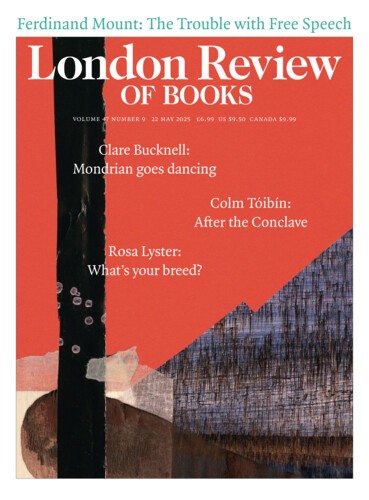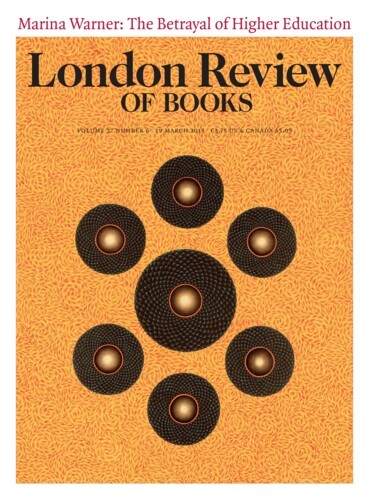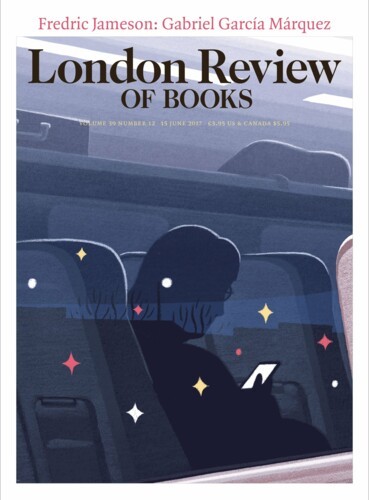In 1969, three years into the Cultural Revolution, China was not only poorer than most African countries but suffering from a massive famine. Mao Zedong and his colleagues decided to import vast quantities of wheat as a way to address the food crisis and, more radically, to change the staple of their 800 million countrymen: wheat has a higher nutritional value than rice. That year, a 25-year-old French grain trader, Jean-Yves Ollivier, travelled to Hong Kong and crossed the Sham Chun River, the natural border with mainland China, to enter the town of Shenzhen, then hardly more than a fishing village. The far bank was dotted with red flags, portraits of Mao and banners of Chinese ideograms luffing in the wind. In those days the passage over the river was the only way for a Westerner to enter the Communist Middle Kingdom other than by plane.
In Shenzhen, Ollivier found only one set of traffic lights, with the signals ideologically reversed: green for stop and red – the colour of progress – for go. He made good money there and went on to earn a fortune in Africa, a success story he recounts in his 2014 memoir, Ni vu ni connu – a mischievous way of saying ‘I got away with it.’* Ten years after his visit, Shenzhen was proclaimed China’s first Special Economic Zone, an experimental enclave for dirigiste capitalism. Today, it’s a megacity of 12 million people with an ultramodern skyline. It offers a clue to the present-day Chinese adventure in Africa, not so much a ‘new empire’ as a Special Economic Zone of continental proportions for a more ambitious dirigiste experiment in global expansion.
In the 1980s, Shenzhen became a testing ground for Deng Xiaoping’s new policy – ‘reform and open up’ – and once the success of the model was clear, it was replicated elsewhere. But towards the end of the decade, the Chinese leadership began to realise that an archipelago of capitalist islands in China would never be able to generate enough wealth and employment to lift the Chinese – already 1.1 billion – out of poverty. As state capitalism became the modus operandi throughout the mainland, the party cast around for an overseas ‘enclave’ that could measure up to the challenges they faced. What they needed was an abundant source of raw materials for China’s industrialisation, a sizeable market for mass-produced goods (neither too competitive nor too sophisticated), a large host space for outward migration from China and a great deal of land to put under the plough: with one fifth of the world’s population, China has less than 10 per cent of the planet’s arable land, and a looming food security problem.
Africa was the obvious target: a continent of one billion mostly young inhabitants – two billion by 2050 – and 60 per cent of the earth’s uncultivated land, plus one third of its mineral riches. The aftermath of the Cold War allowed Beijing to come in with a low bid for Africa. In the early 1990s, after the demise of the Soviet Union and the end of bipolar politics, the West withdrew from the continent. Washington, London and even Paris, once a thriving postcolonial metropolis, turned to more lucrative opportunities in the Persian Gulf and Eastern Europe. They scarcely noticed when, in 1996, Beijing issued a new watchword: zou chuqu, ‘go out!’ Abroad, nobody seems to have grasped at the time that Africa was the destination. In China, however, provincial party leaders immediately understood that success in Africa had become the sine qua non for a promising career at the highest echelons in Beijing. In a country where ‘the emperor is far away,’ ambitious cadres from the regions were more than happy to scramble for Africa and the prospect of promotion.
Send Letters To:
The Editor
London Review of Books,
28 Little Russell Street
London, WC1A 2HN
letters@lrb.co.uk
Please include name, address, and a telephone number.



